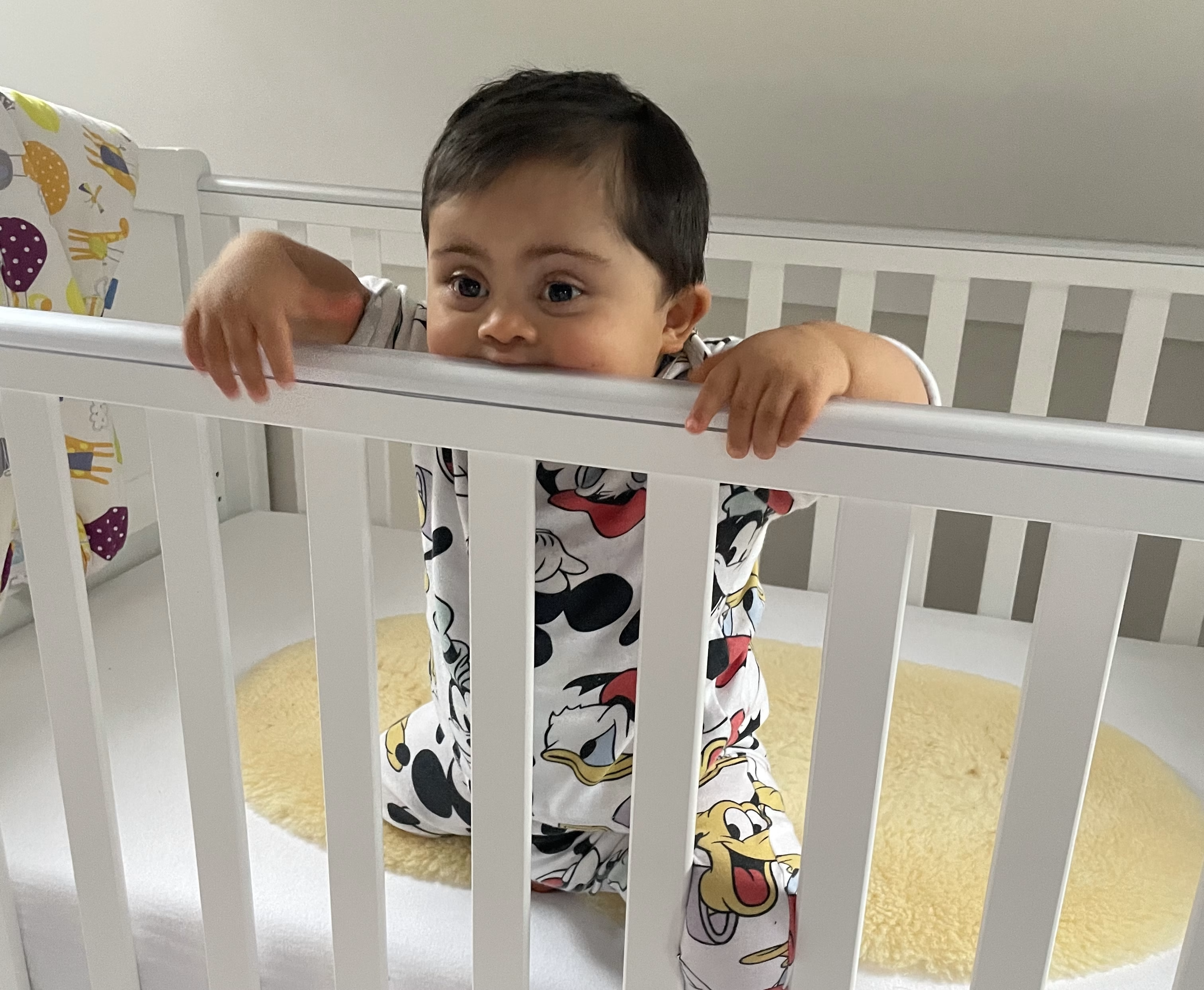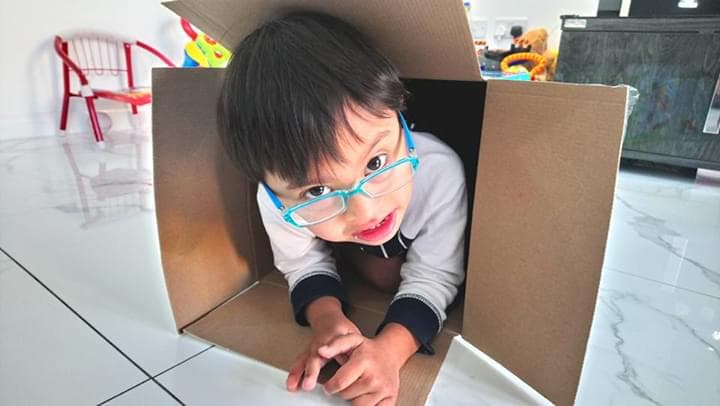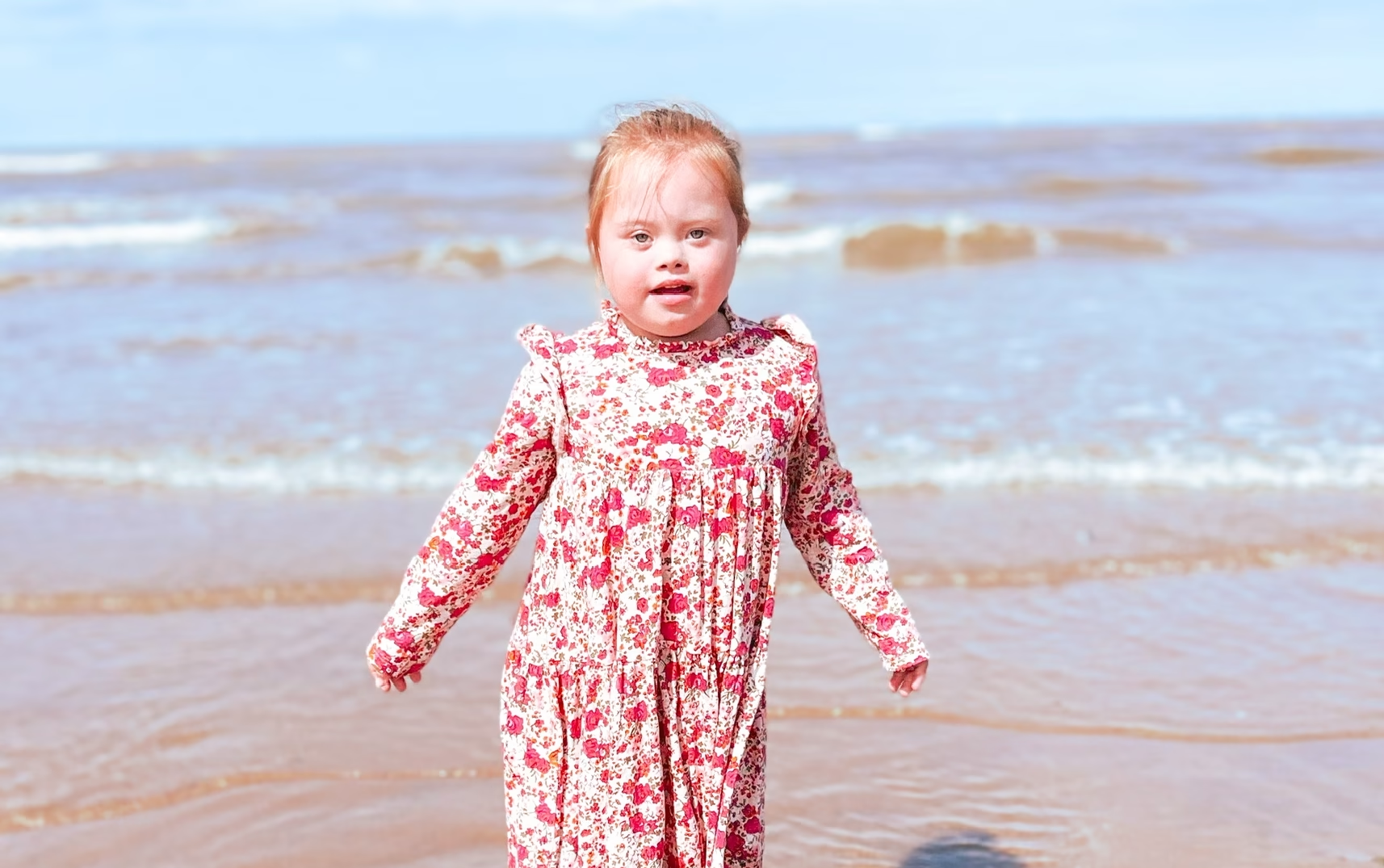An overview of the speech, language and communication profile associated with Down syndrome
- by Dr Rebecca Baxter
Working with children and adults with Down syndrome presents unique challenges and rewarding opportunities for speech and language therapists (SLTs) and students. Down syndrome is associated with an uneven speech, language, and communication (SLC) profile, combining significant challenges in some areas with relative strengths in others. This blog offers an overview of the typical SL&C profile seen in individuals with Down syndrome, highlighting specific difficulties and the strengths that should guide intervention and support.
If you’d like to know more, please sign up to our training events here.
Understanding the uneven profile
Down syndrome is a genetic condition caused by an extra copy of chromosome 21. This difference in genetic makeup leads to a distinctive cognitive and developmental profile, with associated differences in SL&C development. Importantly, the speech and language challenges experienced are often more pronounced than would be expected based on general cognitive ability. Recognising this uneven profile is key to providing effective, individualised support.
Specific challenges in SL&C development
Speech production and clarity
Speech production is often one of the most significantly affected areas. Many individuals with Down syndrome experience delayed and disordered phonological development, resulting in reduced speech clarity. Contributing factors include:
- Hearing loss: Recurrent otitis media with effusion (“glue ear“) is common, affecting auditory input and contributing to speech sound errors.
- Verbal short-term memory difficultis and phonological processing difficulties: Challenges with phonological awareness and memory can further impact speech development.
- Oral-motor differences and difficulties: Anatomical differences, hypotonia (low muscle tone), and difficulties with co-ordination can all further impact articulation.
As a result, these speech difficulties impact intelligibility, particularly in longer utterances or in the presence of background noise, leading to frustration and communication breakdowns.
Language comprehension and expression
Language comprehension is generally stronger than expressive language abilities but often delayed compared to vocabulary. Key areas of difficulty include:
- Vocabulary: Receptive vocabulary is typically a relative strength, with expressive vocabulary more delayed, particularly in the early years.
- Syntax: Difficulties with receptive and expressive syntax are typically behind vocabulary levels and expressive language is often characterised by simplified grammatical structures and using shorter sentences.
- Morphosyntax: Difficulties with morphosyntax are a specific area of difficulty and errors with verb tense, plurals, and function words can persist into adulthood.
Evidence shows that the specific difficulties with syntax and morphosyntax can be effectively addressed using the relative visual processing strengths.
Pragmatic skills and social communication
Despite challenges in speech and language, individuals with Down syndrome often display strengths in social communication and pragmatic skills. Many have an engaging social style, strong nonverbal communication skills (such as gestures and facial expressions), and a desire to interact with others. However, difficulties may still arise, particularly in later pragmatic skills that commonly involve language. These difficulties include:
- Challenges in turn-taking and topic maintenance in conversation.
- Literal interpretation of language and difficulty understanding figurative expressions.
- Reduced repair strategies when communication breakdowns occur.
These areas benefit from targeted support and explicit teaching of social communication strategies.
Strengths to consider in therapy
Recognising and harnessing strengths is essential when supporting individuals with Down syndrome. Key strengths include:
- Relative strength in receptive language: Although delayed, receptive vocabulary and understanding of context are generally stronger than expressive skills.
- Visual learning abilities: Many individuals are strong visual learners, benefiting from visual supports such as signs, symbols, and written cues.
- Motivation and sociability: A strong desire to communicate and interact socially can drive engagement in therapy.
Incorporating these strengths into intervention, such as using visual aids and focusing on functional communication, can improve outcomes and build confidence.
Implications for practice
For SLTs and students working with individuals with Down syndrome, understanding the distinctive SL&C profile is crucial. Effective support should include:
- Comprehensive assessment: Identify the individual’s specific speech, language, and communication strengths and needs.
- Multimodal communication approaches: Incorporate visual supports (e.g. words, letters, pictures, signs) andaugmentative and alternative communication (AAC) systems as appropriate..
- Focus on functional communication: Target practical language skills and social communication strategies that improve real-life interactions, including work on generalisation.
- Collaborative working: Engage families, educators, and other professionals to provide consistent intervention and support across settings.
- Early intervention: Address speech and language difficulties as early as possible to support long-term outcomes.
Conclusion
The speech, language, and communication profile associated with Down syndrome is complex and uneven. While significant challenges exist, recognising and building on the individual’s strengths can make a profound difference. By understanding these unique needs, SLTs and students can provide sensitive, effective support that empowers individuals with Down syndrome to communicate to the best of their ability.
Join us for our Speech and Language Therapy training sessions below.
Upcoming training for speech and language therapists
Share this post
Author
 Director of Education and Speech and Language Therapy
Director of Education and Speech and Language TherapyDr. Rebecca Baxter as our Director of Education and Speech and Language Therapy. Becky is a speech and language therapist who specialises in Down syndrome and has worked with babies through to young adults with Down syndrome. Becky is also involved in a number of research projects across speech, language and education issues associated with Down syndrome. Becky completed her PhD in 2023 at University College London, which involved developing and evaluating a language intervention for children with Down syndrome. Becky is passionate about supporting speech and language therapists and is currently chair of the Down Syndrome Clinical Excellence Network. She has delivered training to speech and language therapists across the UK and internationally.
View all posts









